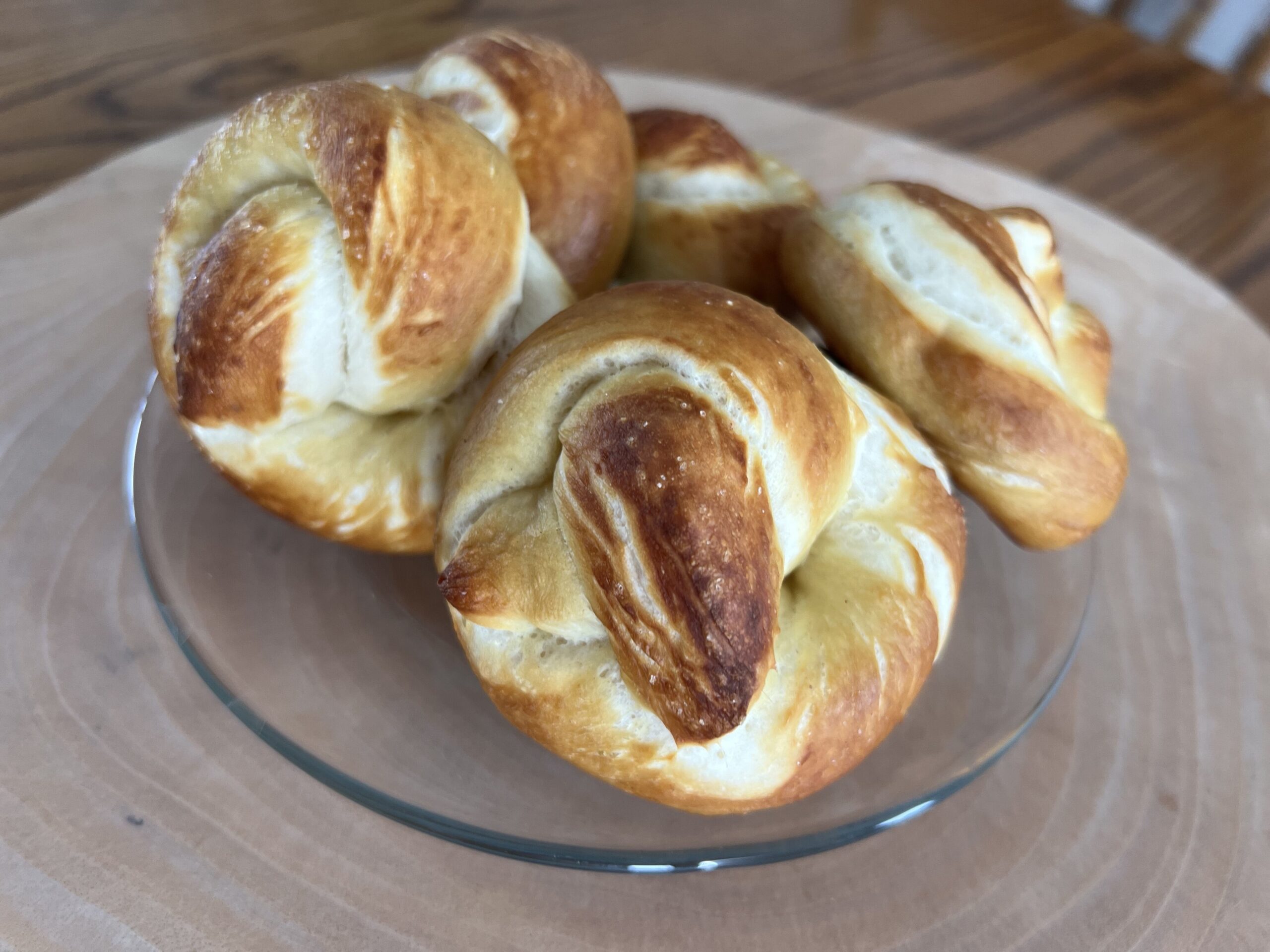Let me begin by saying that obviously the best option is to make your own yogurt from organic raw milk and a high quality starter. However, we don’t all have those options. Even if you don’t have raw milk available to you, you can make yogurt easily in your own home with whole milk and a high quality plain yogurt from the store. I have yet to try and make my own, but plan on it in the future and will document it at that time. For now, there are several factors to look at and be familiar with regarding yogurt:
1. Pasteurization
Pasteurization kills off living organisms in raw milk, but still leaves enough nutritional value to support microbial growth. This milk can then be used to culture living organisms (yogurt) to return the milk to a healthy (although different) state.
Raw milk is the best option for making yogurt, but because it is currently illegal to sell it across state lines, this isn’t a viable option for most people.
2. Ultra Pasteurization or UHT (Ultra High Temperature)
Using high temperatures to pasteurize not only kills off any living organisms in milk products, but also alters the milk biochemically, bursting cell walls and creating free-floating toxins throughout. Milk that has been through this process cannot support microbial growth, and therefore manufacturers must use additives to make the “yogurt” congeal and look like yogurt should. Yuck.
3. Homogenization
Because of the butterfat contained in cream, it is the most prized part of the milk. Homogenization destroys the fat molecule’s natural structure. The fat molecules are broken apart so that they appear “as one” with the milk, instead of free floating and rising to the top.
4. Organic Milk
This is an entire post in itself. In order for milk to have the stamp of organic approval, farmers have to use organic feed and never treat their cattle with antibiotics or growth hormones. They must also pasture the animals a minimum of 120 days during the grazing season (to combat those who were meeting “requirements” but the cows were still living in feedlot conditions, never being pastured).
5. Cultures
Yogurt contains cultures of beneficial bacteria. The more different strains of these cultures a certain yogurt contains, the better it will be for our bodies. Some manufacturers pasteurize the yogurt AFTER it’s been cultured, which basically kills off any benefits the yogurt would have had for the consumer anyway. It’s best to ensure your yogurt is labeled with “live cultures.”
6. Additives
Plain yogurt is ideal. That way, you can ensure that nothing “extra” has been added to enhance the flavor. Flavored yogurts can have quite a long list of additives for color and flavor, so beware of what is inside your yogurt. Some additives that are added to plain yogurt include: milk solids (balance out variations in milk composition to ensure uniform labeling), pectin from apples (for thickening), gelatin (thickening agent), or cornstarch (thickening).
Whew. Are you still with me? Now that we’ve gone over some of the basics of milk production, we can look at which type of yogurt to buy. I realize that options will differ depending on where you live, but for my area, I have found the following the following brands to be the best, in order from best to not-so-fabulous-but-still-okay-I-guess:
Stonyfield Farms
– not ultra pasteurized
– 6 different culture strains
– culture density is 2 billion/gram throughout shelf life
– organic
– non-homogenized
– no bovine growth hormone
– additives: milk solids and pectin
Brown Cow
– not ultra pasteurized
– 4 different culture strains
– culture density is 2 billion/gram throughout shelf life
– non-organic
– non-homogenized
– no rBGH
– additives: pectin
Activia (by Dannon)
– not ultra pasteurized
– 3 different culture strains
– culture density is 32 million/gram throughout shelf life
– non-organic
– homogenized
– no rBGH
– additives: milk solids
Tillamook
– not ultra pasteurized
– 4 different culture strains
– (I wasn’t able to find the culture density of Tillamook brand yogurt)
– non-organic
– homogenized
– no rBGH
– additives: corn starch and kosher gelatin
A word about Yoplait: I didn’t want to include it in the list because frankly, it’s just not very good for you. If you want the benefits that yogurt can provide, Yoplait isn’t the best option. Yoplait won’t deny ultra pasteurization, which is reason alone for me not to go near it. Some of their products in SOME areas are labeled as “no rBGH” but others aren’t, meaning they use the hormone in some areas. Fishy. Yes, it’s a LOT cheaper than say, Stonyfield Farms or Brown Cow. However, you would have to consume 4 or 5 Yoplait individual serving yogurts to even come close to the health benefits higher quality yogurt.Then I have to go back to the fact that it’s probably ultra pasteurized, and my decision is made.
I hope this wasn’t too confusing and will help you decide the next time you are standing flustered in the yogurt aisle! Just remember to look for pasteurization (not UTH – ideally it wouldn’t be pasteurized, but then you wouldn’t find it sold in stores, either), active and live cultures, non-homogenized, and the number of cultures listed in the ingredients. It’s a start! Also, switch to plain yogurt no matter what brand you buy, and add in your own goodies (my girls are loving the granola/strawberry parfaits right now).










Comments +